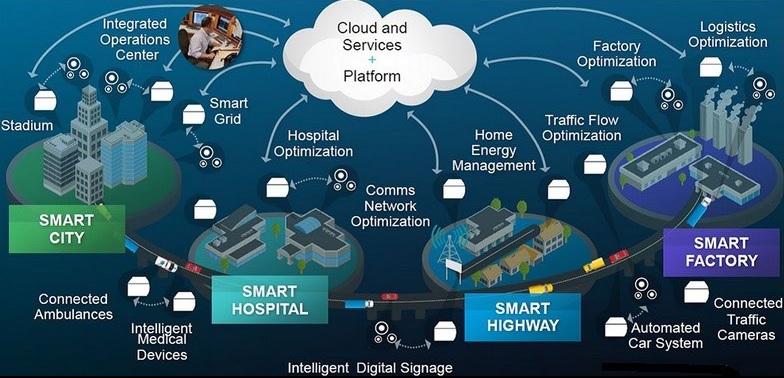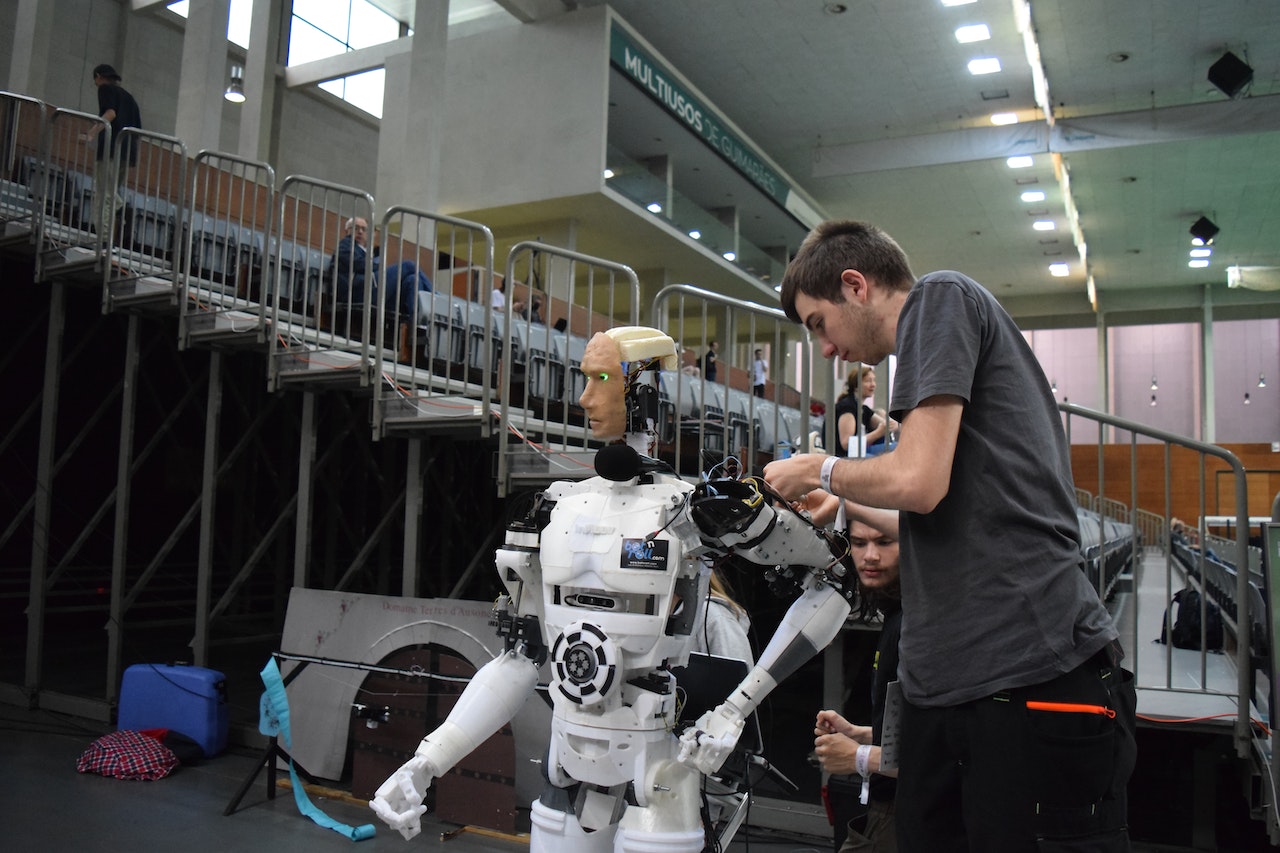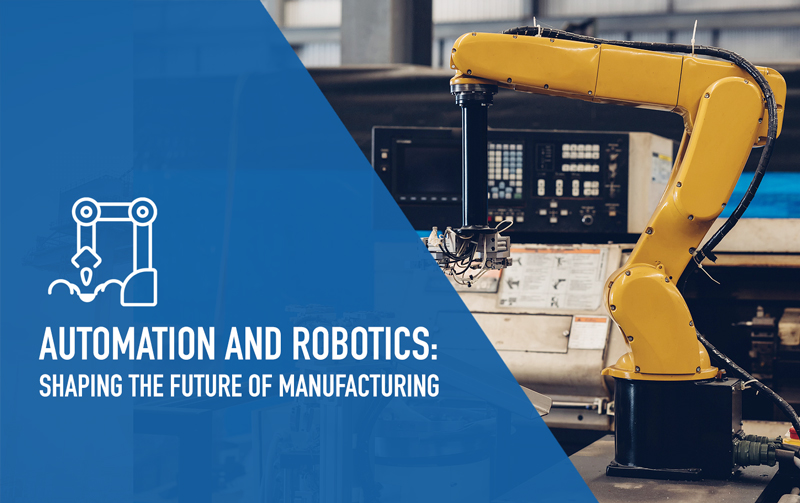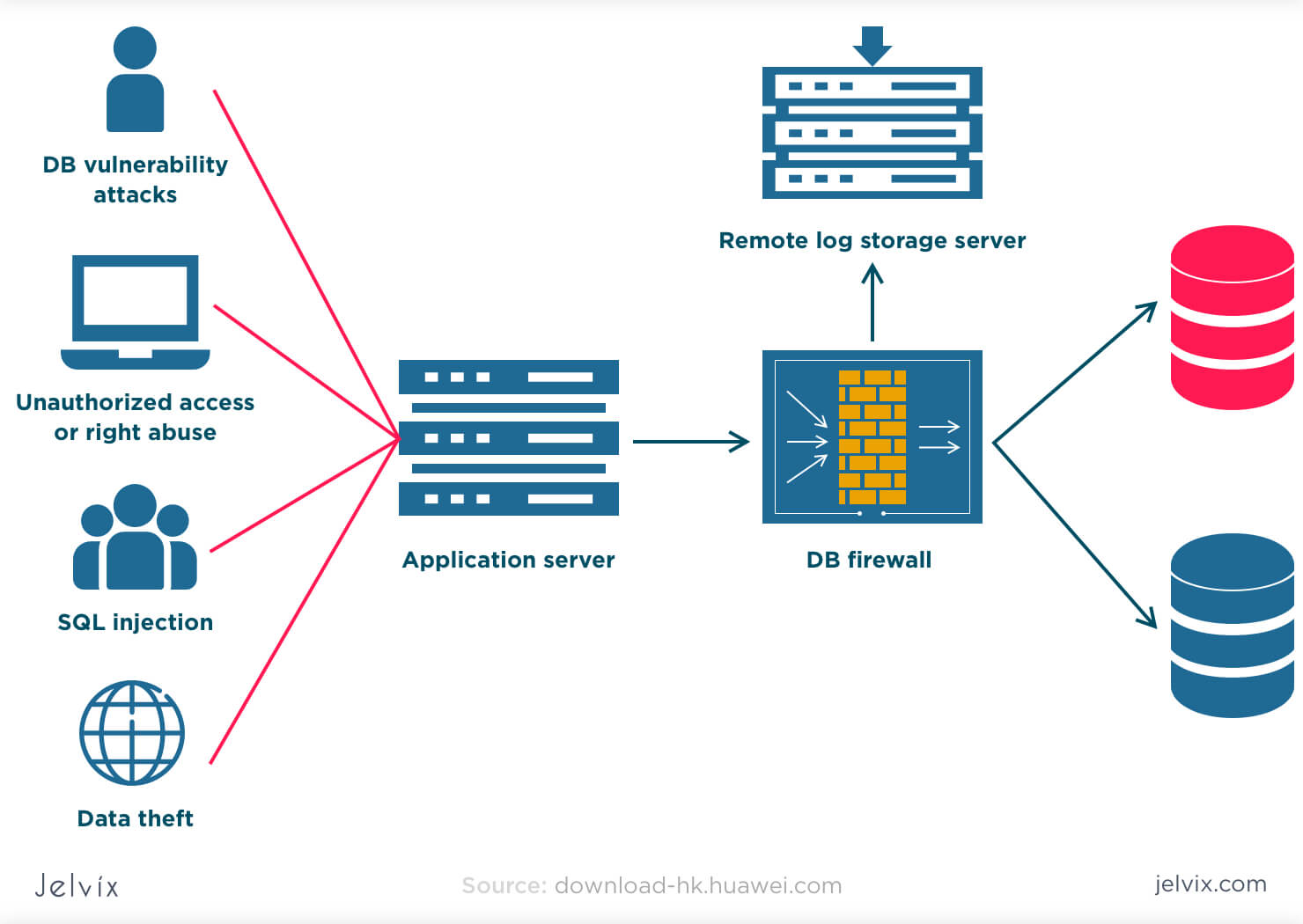The Internet of Things (IoT) is changing the way we interact with the world around us. From smart homes to industrial automation, the IoT has revolutionized how we live and work. In science and technology, the applications of IoT are wide-ranging and can bring about transformative change. In this blog post, we will discuss how harnessing the power of IoT can benefit the field of science and technology.
1. Improved Data Collection and Analysis
The IoT can provide a vast amount of data through sensors embedded in devices. Scientists and researchers can use this data for more accurate measurements, better analysis, and ultimately, more productive outcomes. This can significantly improve the accuracy of experiments and data collection, leading to better scientific discoveries.
2. Smart Laboratories
IoT can create smart labs by connecting laboratory instruments and devices to the internet. Smart labs are more efficient and flexible, allowing scientists to monitor and control their experiments in real-time from a remote location. This technology can improve the reproducibility of experiments, reduce errors, and enhance safety.
3. Precision Agriculture
The IoT can revolutionize the way we cultivate crops, manage livestock, and monitor the environment. With the help of sensors, drones, and automated machines, farmers can collect data on soil moisture, temperature, crop growth, and livestock health. This data can be used to identify problems, make decisions, and optimize crop yield.
4. Medical IoT
The IoT can improve patient care and healthcare outcomes by connecting medical devices and collecting real-time patient data. Wearable devices can collect and transmit data on heart rate, blood pressure, and body temperature, allowing doctors to monitor their patients remotely. This technology can help prevent diseases, detect early signs of illness, and facilitate better medical care.
5. Smart Cities
The IoT can also help build smarter and sustainable cities. Sensors can monitor traffic congestion, air quality, and energy consumption in real-time, providing valuable data to city planners and policymakers. This data can be used to optimize infrastructure, reduce energy consumption, and improve the quality of life for city residents.
In conclusion, the IoT has the potential to transform the way we approach science and technology. Harnessing its power can bring about significant benefits, from better data collection and analysis to more efficient and sustainable systems. As the technology continues to evolve, it is essential to explore its potential applications, so we can continue to innovate and make breakthrough discoveries.











